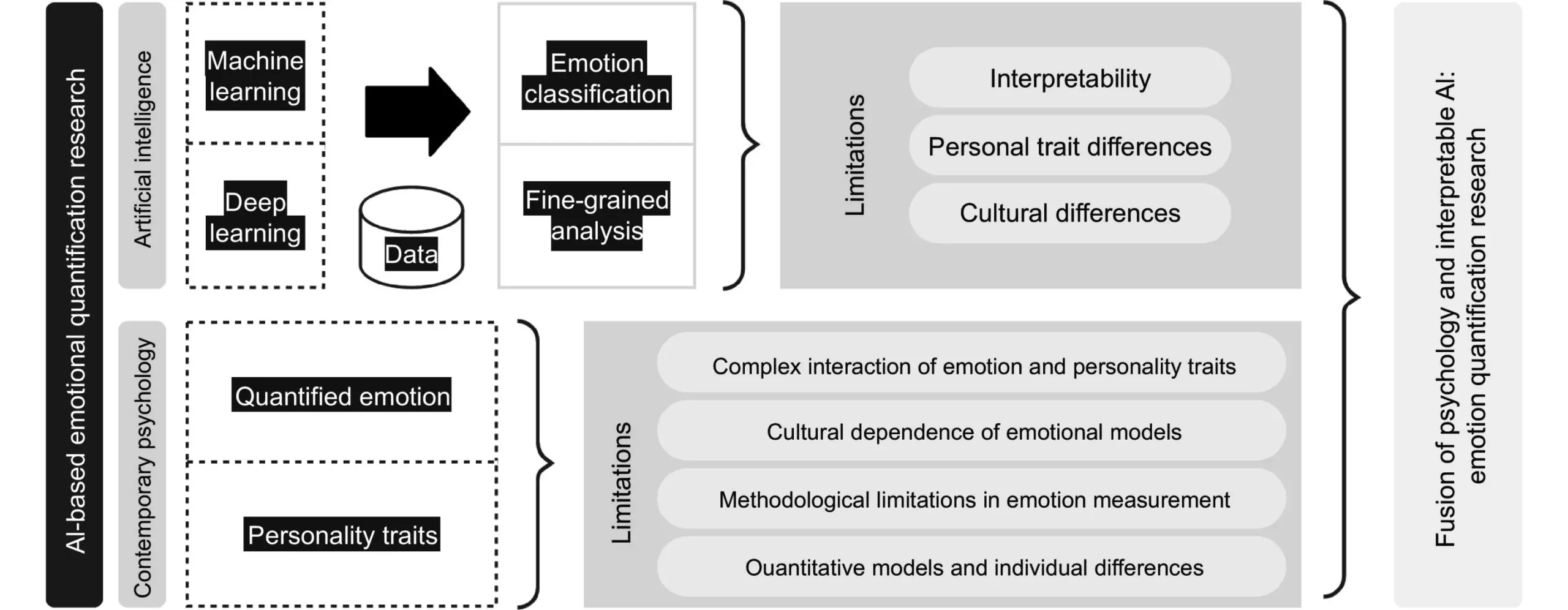Human emotions are a vast and intricate tapestry, woven from individual experiences, cultural backgrounds, and innate psychological frameworks. Recent studies have begun to unveil ways to capture and analyze these complex emotional states, primarily through the integration of traditional psychological analysis and advanced artificial intelligence (AI) technologies. This article delves into the cutting-edge developments in emotion quantification, exploring how these innovations may revolutionize numerous sectors, including healthcare, education, and customer service.
To appreciate the advancements in emotion recognition technology, one must first acknowledge the profound complexity of human emotions. Unlike binary data or predictable algorithms, emotions are fluid, often manifesting in shades that a simple system may struggle to interpret. Understanding someone’s emotional state requires a nuanced approach that considers subtle cues – from facial expressions to physiological responses. For AI to successfully navigate this labyrinth of feelings, researchers have undertaken the monumental task of training machines to perceive and interpret emotions as intricately as humans do.
A pivotal shift in this domain comes from a collaborative approach that unites different fields such as psychology, computer science, and neuroscience. As highlighted by Feng Liu, a key researcher in this area, the success of emotion recognition technologies hinges on the synergy of these disciplines. By engaging in interdisciplinary collaboration, scientists are creating a comprehensive framework that leverages AI’s computational capabilities alongside psychological insights. This fusion not only broadens the potential applications for AI in emotion recognition but also nourishes a deeper understanding of the emotional landscape itself.
The forefront of emotion recognition is characterized by advancements in various technological methodologies. For instance, facial emotion recognition (FER) utilizes algorithms to analyze facial muscle contractions that correlate with certain emotional states. These algorithms are being enhanced by integrating data from other modalities, such as gesture recognition and vocal intonation analysis, to provide a multi-faceted view of human emotions. Multi-modal emotional recognition thus represents a significant leap forward, harnessing overlapping channels—visual, auditory, and tactile—to achieve a richer and more accurate emotional understanding.
Moreover, physiological measurements such as heart rate variability, skin conductance, and even electroencephalogram (EEG) signals are being factored into the emotion quantification equation. By combining traditional inputs like behavioral observations with cutting-edge physiological data, the precision of AI in recognizing emotional states is expected to improve considerably. This holistic strategy aims at transforming AI into a reliable partner in various applications, from personalized medicine to enhancing user interaction systems.
The implications of such advances are profound, particularly in the field of mental health. AI-driven emotion recognition technology could offer significant support in monitoring emotional well-being and tailoring interventions according to individual needs. For instance, an AI system that accurately reads emotional cues can alert mental health practitioners to changes in a patient’s emotional state, potentially preventing crises or facilitating timely interventions. This capability promises to create personalized experiences for users while minimizing the burden on human resources.
Nonetheless, the implementation of emotion recognition technologies must be approached with caution. Issues of privacy, data security, and cultural sensitivity are paramount; ensuring that AI systems can operate transparently and responsibly amidst various ethical concerns is crucial. As societies grapple with the nuances of emotional interactions, maintaining a focus on responsible data handling will preserve the integrity of this emerging field.
The fusion of AI with psychological insights stands at the threshold of revolutionizing how we understand and interact with human emotions. As researchers continue to refine these technologies, the potential for AI to accurately gauge emotional states offers society a transformative tool for fostering better mental health and personal interactions. However, it remains imperative that as we advance, we do so with integrity, focusing not just on technical proficiency but also on ethical implications. The journey toward sophisticated emotion quantification is just beginning, and its success will depend on our collective commitment to innovation within a responsible and interdisciplinary framework.

